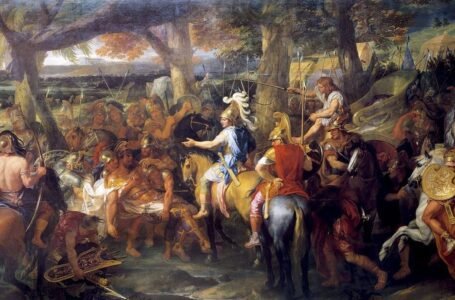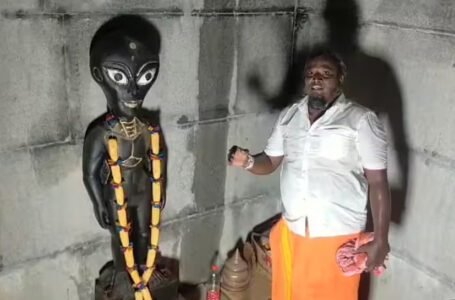Chaitanya Mahaprabhu: The Divine Ecstasy
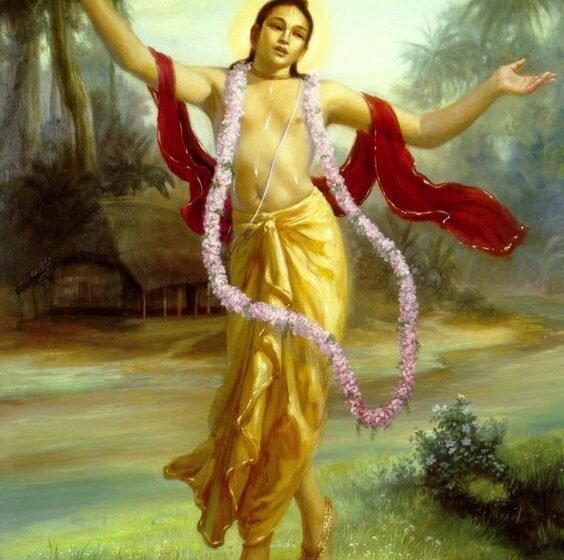
Chaitanya Mahaprabhu, born as Vishvambhar Mishra in 1486, was a 15th-century Indian saint from Bengal. His life and teachings left an indelible mark on the spiritual landscape of India. Let us explore the remarkable journey of this divine luminary. Chaitanya was born in Nabadwip, Bengal (present-day West Bengal, India), on the full moon night of 18 February 1486. His parents, Jagannatha Mishra and Saci Devi, were Brahmins from the Sylhet region. His early life was marked by scholarship and devotion. Tragedy struck when his father passed away while Chaitanya was still a student. He soon married Lakshmipriya, but she tragically died during his absence. These events deepened his spiritual quest.
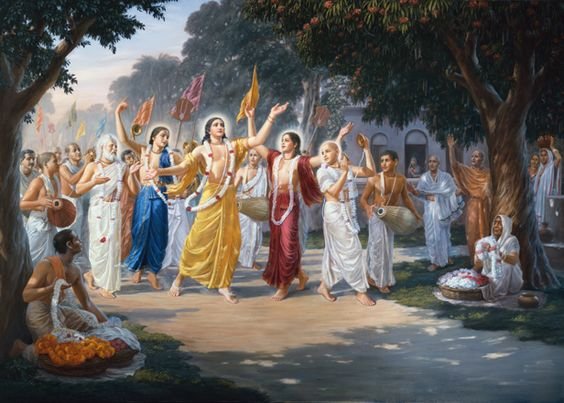
Gaudiya Vaishnavism: Chaitanya founded Gaudiya Vaishnavism, a religious movement that reveres him as an incarnation of Lord Krishna. His mode of worship—bhajan-kirtan (devotional singing and dancing)—had a profound impact on Vaishnavism in Bengal. Achintya Bheda Abheda: Chaitanya was the chief proponent of the Vedantic philosophy known as Achintya Bheda Abheda Tattva, which emphasises the simultaneous oneness and difference between the soul and God. Hare Krishna Maha-mantra: He popularised the chanting of the Hare Krishna Maha-mantra, which became central to Gaudiya Vaishnavism. Shikshashtakam: Chaitanya composed the Shikshashtakam, a set of eight devotional prayers that encapsulate the essence of his teachings.
Gaudiya Vaishnavism, inspired by Chaitanya Mahaprabhu, offers various practices and rituals that empower women in their spiritual journey. Let’s explore some of these empowering aspects:
Japa (repetition) of the Hare Krishna Maha-mantra is a central practice.
Women actively participate in group chanting sessions (kirtans) and individual Japa.
The mantra—Hare Krishna, Hare Krishna, Krishna Krishna, Hare Hare / Hare Rama, Hare Rama, Rama Rama, Hare Hare—is considered a powerful tool for spiritual transformation.
Women engage in kirtan (devotional singing and dancing) during congregational gatherings.
Kirtan creates a sense of community, fosters devotion, and allows participants to express their love for Krishna.
Study and reflect upon sacred texts such as the Bhagavad Gita, Srimad Bhagavatam, and Chaitanya Charitamrita.
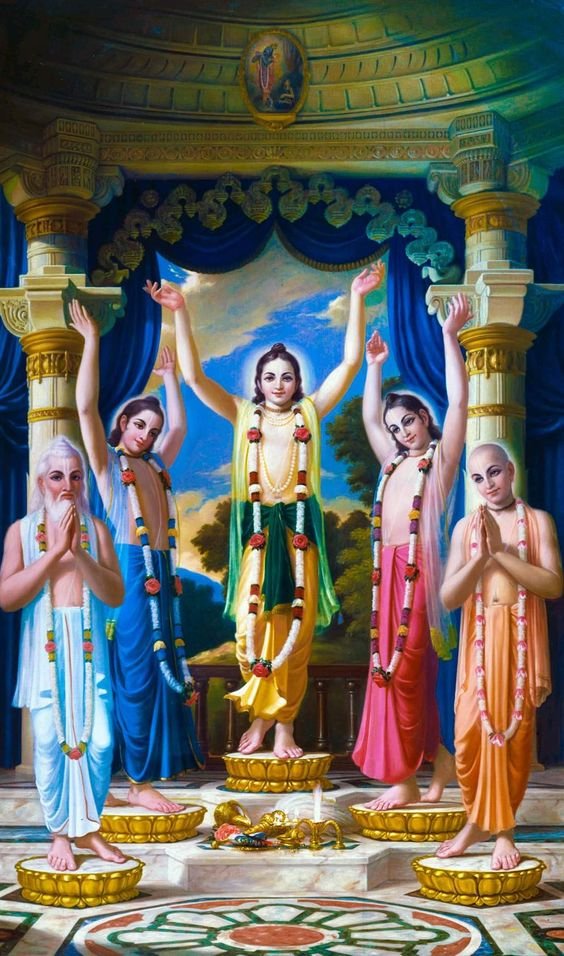
Women actively participate in Vaishnava festivals, such as Gaura-purnima (Chaitanya’s appearance day) and Radhashtami (Radha’s appearance day). These festivals involve devotional singing, dancing, and hearing about the Lord’s pastimes.Women engage in seva (service) within temples, including cleaning, decorating, cooking, and flower arranging. Serving the deities fosters a sense of connection and devotion.
Women participate in satsang (spiritual association) with other devotees. Associating with like-minded seekers provides encouragement, inspiration, and a sense of community. Worship of Radha holds immense significance. Women aspire to cultivate the qualities of Radha—unconditional love, surrender, and devotion. Women seek guidance from female saints and spiritual leaders within the tradition. These mentors provide support, answer questions, and offer practical advice. Women practise Japa (repetition) of the holy name privately. Regular meditation on the divine names deepens their spiritual connection. Women uphold ethical conduct, compassion, and humility. Practising virtues aligns them with the tradition’s values.
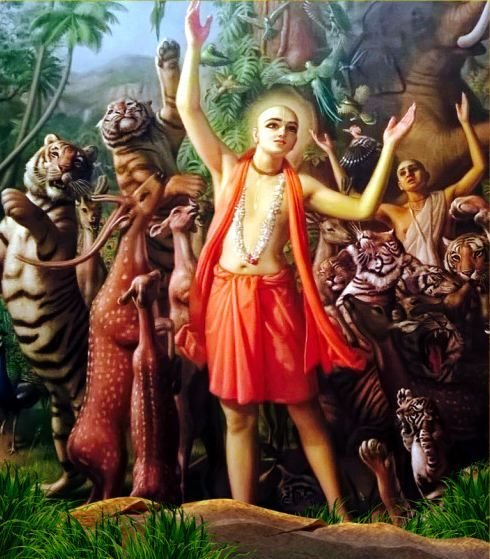
Chanting cleanses the heart of all accumulated dust and extinguishes the fire of conditioned life, leading to ultimate benediction. Transcendental knowledge and the ocean of bliss are accessible through chanting, fulfilling the eternal quest for spiritual nectar. In the second verse, Chaitanya extols the potency of the Lord’s holy name, emphasising that it alone bestows all blessings. The Lord has invested all His transcendental energies in His names, making them accessible without strict rules or regulations. Unfortunately, some fail to recognize the value of chanting and remain untouched by its mercy.
The third verse highlights the importance of humility and tolerance in chanting. Chant the holy name with a humble heart, considering yourself lower than a blade of grass and more tolerant than a tree. Cultivating such humility allows constant chanting and paves the way for spiritual advancement. In the fourth verse, Chaitanya expresses His exclusive desire for causeless devotional service to the Lord. He renounces material desires for wealth, fame, or followers, seeking only to provide loving service to the Supreme. Through selfless devotion, He aspires to a timeless bond with the divine, transcending the cycle of birth and death.

The fifth verse portrays Chaitanya’s plea to the Lord for deliverance from material existence. Despite being eternally the Lord’s servant, He laments His fallen condition and implores Krishna to lift Him from the abyss. Placing Himself at the Lord’s lotus feet, He seeks liberation from the ocean of birth and death.
Chaitanya was renowned for his ecstatic worship of Lord Krishna. His devotion was not mere ritual; it was an intense, heart-centred love for the divine. During his kirtans (devotional singing and dancing), he would lose himself in ecstasy, often falling into trances. His body would shine with an effulgent light, and tears of divine love flowed freely. Chaitanya held that revelation was potentially available to all through direct mystical consciousness of truth. He termed this mystical cognition as Vaidusa Pratyaksa, which means “vision of the pure soul.” It transcended ordinary perception and revealed deeper truths. As a child, Chaitanya displayed a playful, energetic demeanour. He danced with divine fervour, even amusing the elders around him. His fondness for singing praises to Krishna was evident from an early age. Chaitanya embarked on pilgrimages to sacred places like Vrindavan and Nabadwip.
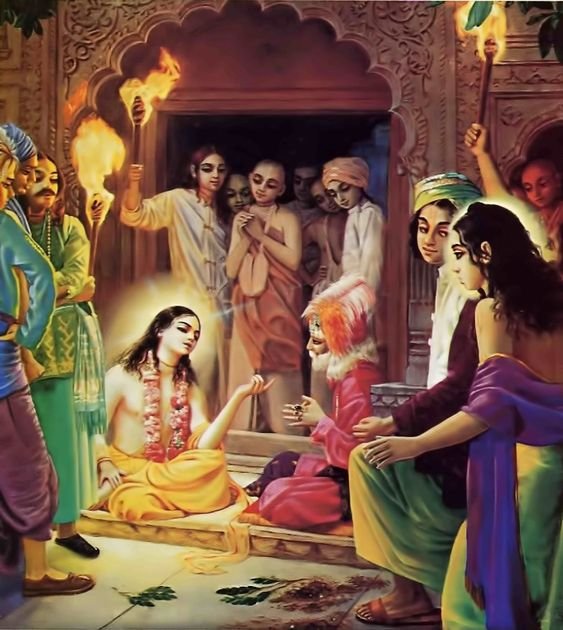
In Vrindavan, he bathed in the Yamuna, visited shrines, and danced in ecstatic devotion, His spiritual experiences intensified during these journeys. Chaitanya often described the highest state of bhakti in terms of conjugal love between a man and a woman, Just as lovers draw closer through mutual love, humans and God unite through the development of their love, He used erotic imagery, such as the story of the gopis (milkmaids) passionately offering themselves to Lord Krishna, to illustrate this divine relationship. Chaitanya’s mystical experiences left an indelible mark on Gaudiya Vaishnavism.
His teachings emphasised that bhakti (devotion) was attainable for everyone, regardless of social status or spiritual purity. His legacy continues through the International Society for Krishna Consciousness (ISKCON) and devotees worldwide.
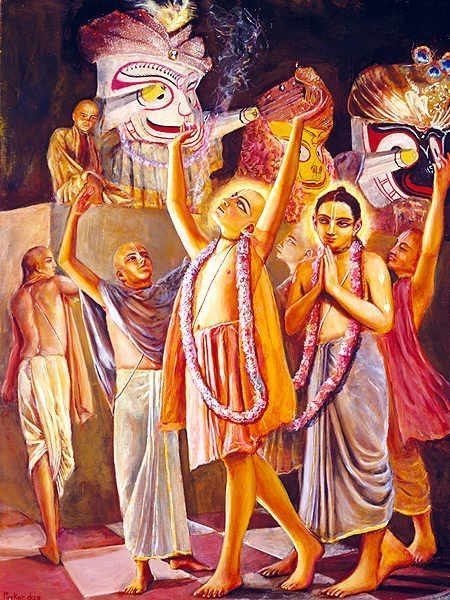
Chaitanya was renowned for his ecstatic worship of Lord Krishna. His devotion was not mere ritual; it was an intense, heart-centred love for the divine. During his kirtans (devotional singing and dancing), he would lose himself in ecstasy, often falling into trances. His body would shine with an effulgent light, and tears of divine love flowed freely.
Chaitanya held that revelation was potentially available to all through direct mystical consciousness of truth, He termed this mystical cognition as Vaidusa Pratyaksa, which means “vision of the pure soul.” It transcended ordinary perception and revealed deeper truths. As a child, Chaitanya displayed a playful, energetic demeanour. He danced with divine fervour, even amusing the elders around him. His fondness for singing praises to Krishna was evident from an early age, Chaitanya embarked on pilgrimages to sacred places like Vrindavan and Nabadwip.
Chaitanya’s mystical experiences left an indelible mark on Gaudiya Vaishnavism also His teachings that bhakti (devotion) was attainable for everyone, regardless of social status or spiritual purity. His legacy continues through the International Society for Krishna Consciousness (ISKCON) and devotees worldwide.
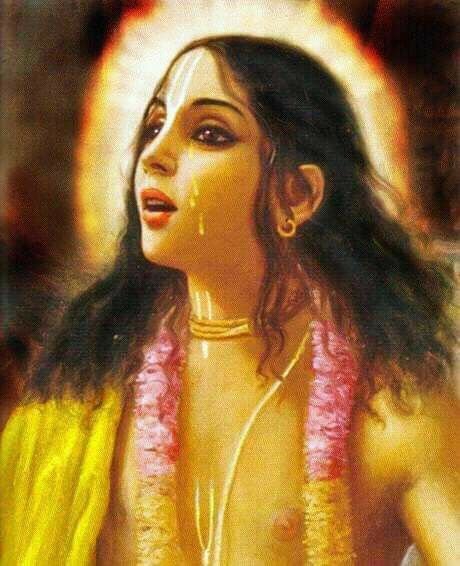
Chaitanya’s teachings transcended social and religious boundaries, advocating that devotion to God is the ultimate equaliser among humans. His approach fostered a sense of community and mutual respect among his followers, setting the foundation for significant social change. Chaitanya’s ecstatic devotion and love for Lord Krishna touched the hearts of countless devotees His emphasis on chanting the holy name of the Lord (the Hare Krishna Maha-mantra) led to spiritual awakening and inner transformation. His teachings emphasised humility, tolerance, and compassion. His Followers imbibed these virtues, treating each other with kindness and recognizing the divine spark within all beings.
Shri Chaitanya Mahaprabhu’s legacy lives on through the Gaudiya Vaishnavism tradition, with millions of followers worldwide. His teachings continue to inspire new generations, the timeless values of devotion, compassion, and unity.
Chaitanya Mahaprabhu’s teachings continue to resonate across time and space. His mystical experiences, encapsulated in the Siksastakam, inspire seekers to chant the holy name of the Lord, cultivate humility, and seek the infinite light within. Through devotion, compassion, and unwavering love, Chaitanya’s legacy empowers both men and women on their spiritual journey. As we chant the divine names, we connect with the timeless wisdom of Gauranga, transcending material limitations and embracing the path of eternal bliss.
